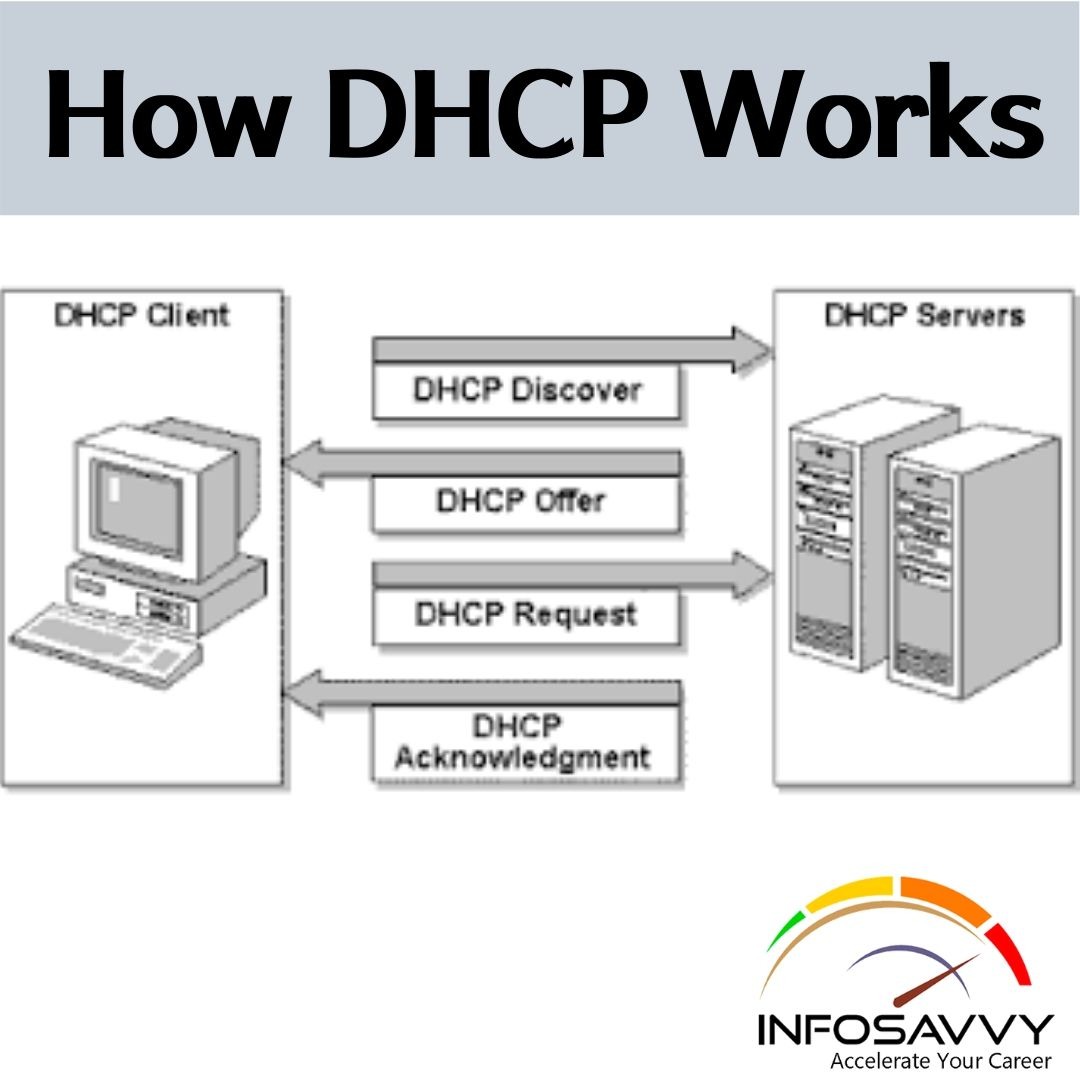Rogue DHCP Server Attack
Rogue DHCP Server Attack in an addition to DHCP starvation attacks, when attacker can perform MITM attacks such as sniffing, An attacker who succeeds in exhausting the DHCP Server’s IP address space can found out a Rogue DHCP Server on the network which isn’t under the control of the network administrator. The Rogue DHCP server impersonates a legitimate server and offers IP addresses and other network information to other clients within the network, acting itself …












